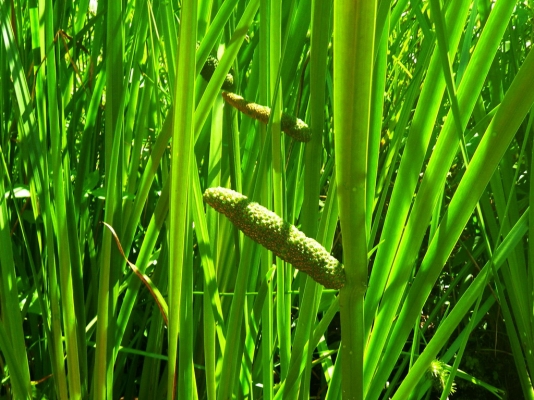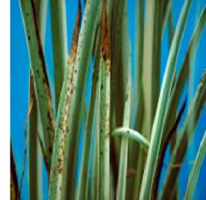General Information
It is the most popular known medicinal plant which is used for many Ayurveda drugs in India. It is a semi aquatic plant and is cultivated in damp and marshy places. It is found in Holland, North America, most of the European countries, Central Asia, India and Burma. In India it is found in Manipur, Himalayas and Naga hills and on the edges of lakes and streams. The leaves have sword shape and are yellowish green in color. Plant size is big i.e. 2m tall. Flowers are cylindrical in shape and are greenish brown in color. The rhizomes of the plant is used to cure various diseases such as sedative, stomachic, aromatic , insecticidal, anti-inflammatory, aphrodisiac, antipyretic, insecticidal, carminative and many other diseases.










.png)
.png)











